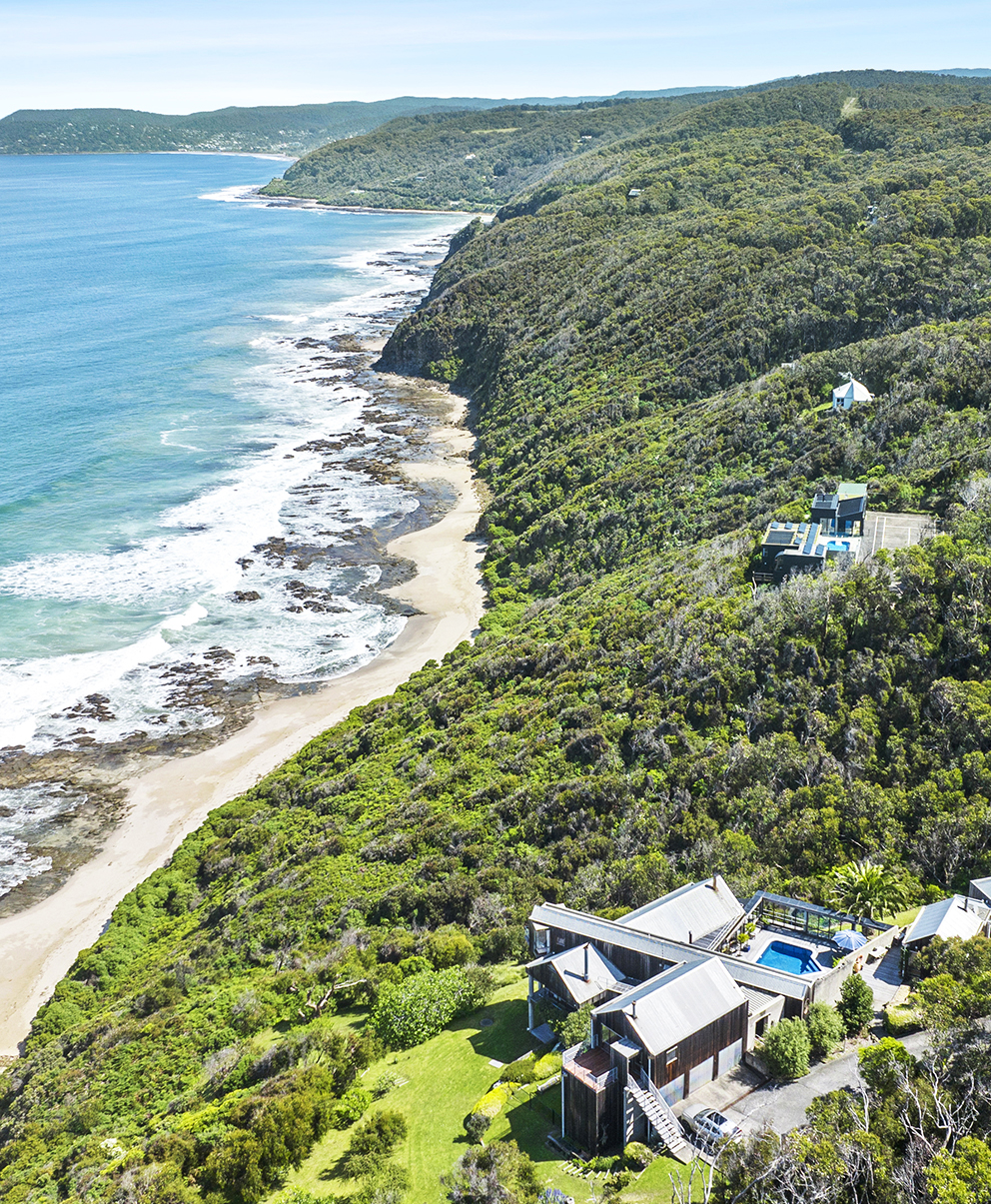Welcome to our Summer 22/23 Great Ocean Report
As 2022 ends and we launch into a new year it’s a great time to take stock of what’s happening in the property markets and try to explain what is likely to happen as we move into 2023.
As we have all seen, interest rates have risen steadily, and this has softened what was the unsustainable market of 2021. It’s been an unpleasant ride for mortgage holders but how has it affected the property markets?
The most accurate way to describe the property markets at present and those interacting with them is segmented. This description covers both the performance of individual markets and the demographics of those currently selling and in particular those who are buying. This is especially relevant to the Surfcoast property market.
In 2021, we saw the overarching FOMO (Fear Of Missing Out) sentiment prevail from buyers. In 2022 and with interest rates rising, that overarching sentiment is caution. When caution is the main sentiment, it then breaks down to the segment of who is still capable of performing and within that group it breaks down further to those who are willing to perform versus those who want to take a wait and see approach.
From a property owner or prospective vendor perspective, it is very much a case of where your property is and the buying demographic it attracts that will dictate its performance at present. Again, it is very segmented.
The best illustration of this is on the Surfcoast. When you look at Torquay and Jan Juc for instance it is mainly an owner-occupier area now, whereas Anglesea, Aireys Inlet and Lorne still predominately attract lifestyle buyers who are more likely to use the properties on a part time basis. In a rising interest rate environment this is where the demographics segment and become important in understanding what’s currently happening.
In Torquay and Jan Juc, you will see that it is very popular with young families or those more likely to have a mortgage. With this the number of properties for sale have risen as the buyers are cautious and have likely had their capability curtailed. On the supply side its likely there are property owners who are feeling the pinch and would like to sell that is adding to the stock levels.
In Anglesea, Aireys Inlet and Lorne for instance it’s a different picture because it attracts a different demographic. Although the number of buyers has reduced compared to 2021, those that are buying are less likely to be borrowing and are generally asset swapping. They tend to be a bit older and although not unaffected by the cautious sentiment, they tend to not be borrowing money, not borrowing significantly or just borrowing for the short term while another asset is liquidated elsewhere.
These buyers are more concerned about not overpaying rather than not buying. They are not necessarily looking for a bargain, they are just wanting to pay a fair price. They are also getting older and haven’t really got time to wait for what is perceived to be “the right time”, they just want to get on with it.
With this, the stock levels in these towns remain tight. The perception from some property owners is that it’s not the best time to sell, which also reduces stock levels, however this is not reflected in the statistics. For example, Anglesea property owners have seen the median house price rise over the past 12 months and remained steady over the past six months despite interest rate rises. The buyers are definitely more choosey on what they buy but if the property has appeal and is priced appropriately, it will attract interest.
At the upper end segment of the market, it is different again. The buyers are especially fussy however if the right opportunity presents, they will act. We saw this recently with the sale of 1193 Great Ocean Road Lorne (pictured) which sold within the advertised price range of $8,000,000 – $8,500,000. This is a new record for Lorne and the second highest price ever paid on the Surfcoast. There was multi party interest in the property with the common trait of the demographic of the buyers who viewed it being genuine wealth and interest rate rises not being a factor at all.
Moving forward we believe as it becomes clear that the Reserve Bank is close to or at the top of the interest rate cycle, those taking a wait and see approach are more likely to engage in the property market. This includes both buyers and sellers. Many of these are just looking for a stable environment with increased certainty to make their decisions. This increased certainty will also be reflected in the stock market and this is a key driver of general positive sentiment. This is likely to occur in early 2023.
We hope you found this Great Ocean Report informative and feel free to call if we can be of any assistance in any real estate matter.
